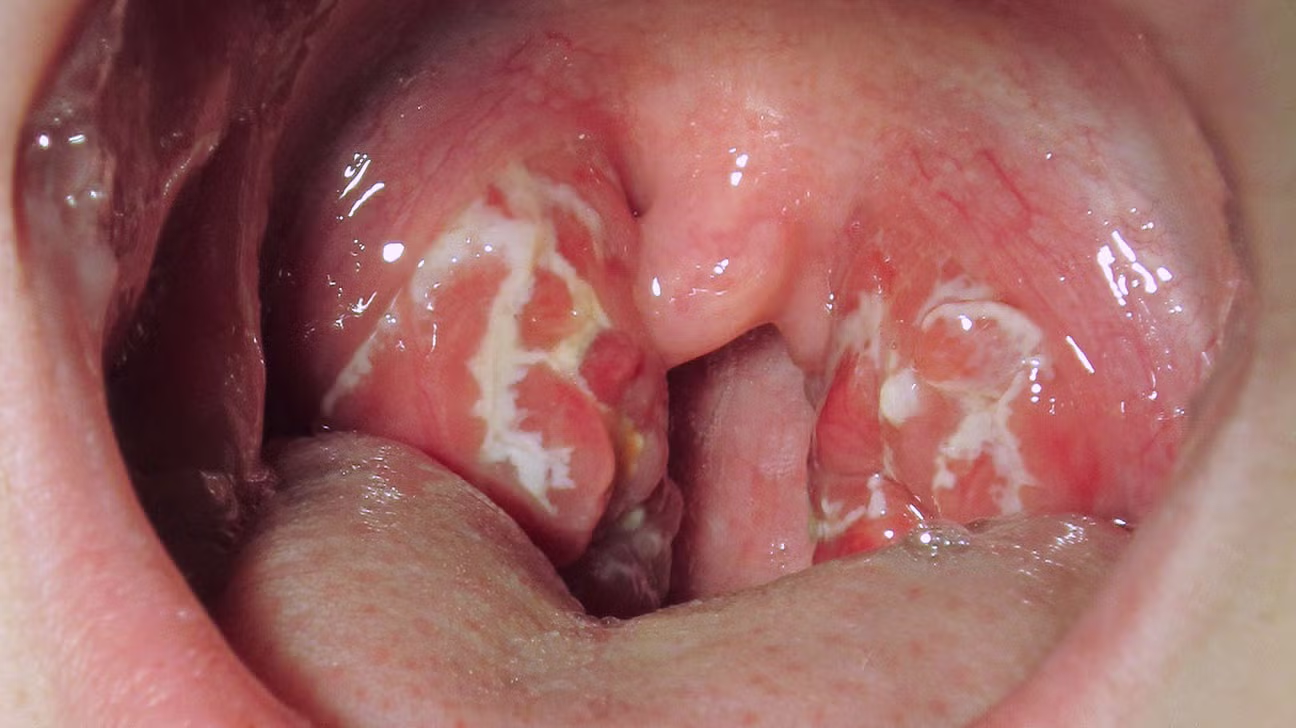
The throat is a crossroads of the respiratory and digestive systems, and its frequent exposure to germs makes it a common site for infections. Among the most frequent culprits behind a sore throat are two distinct conditions that are often confused: tonsillitis and strep throat. While they share a number of symptoms, mistaking one for the other can lead to inappropriate treatment and a longer recovery. Understanding the subtle yet critical distinctions between these two conditions is key to navigating a diagnosis and ensuring the right therapeutic path is taken. It’s not simply a matter of a sore throat; it’s a question of what’s causing the pain, and that cause dictates the cure.
Understanding the subtle yet critical distinctions between these two conditions is key to navigating a diagnosis.
Tonsillitis is, at its core, an inflammation of the tonsils, the two small, oval-shaped pads of tissue located at the back of the throat. These lymphatic tissues are part of the body’s immune system, serving as the first line of defense against inhaled or ingested pathogens. When they become overwhelmed by an infection, they swell and become inflamed, leading to the characteristic sore throat, difficulty swallowing, and sometimes, a visible redness or white patches. The causes of tonsillitis are varied, with viral infections being the most common. Viruses such as the adenovirus, influenza, and the Epstein-Barr virus (which causes mononucleosis) are frequent triggers. In these cases, the body’s immune system typically fights off the virus over time, and treatment focuses on managing symptoms like pain and fever with rest, fluids, and over-the-counter medication.
Viruses such as the adenovirus, influenza, and the Epstein-Barr virus (which causes mononucleosis) are frequent triggers.
Strep throat, on the other hand, is a specific type of bacterial tonsillitis caused by the bacterium Streptococcus pyogenes, also known as Group A Streptococcus. This bacterium is highly contagious and spreads through respiratory droplets from an infected person’s cough or sneeze. The key differentiator is the causative agent: strep throat is exclusively bacterial, whereas tonsillitis can be viral or bacterial. This distinction is paramount because the treatment for a bacterial infection is fundamentally different from that for a viral one. Unlike viral tonsillitis, which does not respond to antibiotics, strep throat requires a course of antibiotics to kill the bacteria and prevent potential complications. These complications, though rare, can be serious, including rheumatic fever, which can damage the heart, and post-streptococcal glomerulonephritis, a kidney disease.
The key differentiator is the causative agent: strep throat is exclusively bacterial, whereas tonsillitis can be viral or bacterial.
Symptom overlap is where the confusion between the two conditions truly begins. Both tonsillitis and strep throat can present with a sore throat, swollen tonsils, and difficulty swallowing. It’s not uncommon for a person with either condition to also have a fever, headache, and general malaise. However, certain symptoms are more indicative of one condition over the other. Strep throat is often associated with a rapid onset of symptoms and a distinct lack of the typical viral symptoms like a cough or runny nose. Patients with strep throat may also develop tiny red spots on the roof of their mouth, known as petechiae. In contrast, viral tonsillitis is more likely to be accompanied by a cough, hoarseness, and conjunctivitis—symptoms that point to a broader respiratory infection. These are not definitive markers, but they can provide clues that help a healthcare professional narrow down the possibilities.
Strep throat is often associated with a rapid onset of symptoms and a distinct lack of the typical viral symptoms.
Diagnosing the cause of a sore throat cannot be done by symptoms alone. A definitive diagnosis of strep throat requires a test. The most common diagnostic tool is a rapid strep test, which involves a simple throat swab that can provide results in minutes. If the rapid test is negative, a throat culture may be sent to a lab to confirm the absence of the bacteria, as the rapid test can sometimes produce a false negative. These tests are the only reliable way to distinguish strep throat from viral tonsillitis. Relying on visual inspection of the throat or self-diagnosis is not advisable. Without a proper test, a bacterial infection could be missed, leading to unnecessary suffering and a risk of complications. Conversely, prescribing antibiotics for a viral infection is not only ineffective but also contributes to the growing public health problem of antibiotic resistance.
A definitive diagnosis of strep throat requires a test.
The treatment for tonsillitis and strep throat diverges based on their cause. For viral tonsillitis, the approach is entirely supportive. Rest is crucial to allow the body to heal. Staying hydrated with warm liquids like herbal tea or chicken broth can soothe the throat and prevent dehydration. Over-the-counter pain relievers such as ibuprofen or acetaminophen can help manage fever and throat pain. Gargling with warm salt water can also provide temporary relief. The goal is to make the patient as comfortable as possible while the body’s immune system does its work.
The approach is entirely supportive.
When a strep throat diagnosis is confirmed, a healthcare provider will prescribe a course of antibiotics, typically for 10 days. It is crucial for the patient to complete the full course of medication, even if they start to feel better after a few days. Stopping early can lead to a resurgence of the bacteria and an increased risk of antibiotic resistance. The antibiotics effectively kill the bacteria, usually leading to a rapid improvement in symptoms within a day or two. Treatment with antibiotics also reduces the risk of spreading the infection to others and prevents the serious complications associated with strep throat.
It is crucial for the patient to complete the full course of medication, even if they start to feel better after a few days.
In some cases, tonsillitis can become a recurring problem, a condition known as chronic or recurrent tonsillitis. This can occur with either viral or bacterial infections. If a person experiences frequent episodes of tonsillitis that interfere with their daily life, a surgical procedure called a tonsillectomy—the removal of the tonsils—may be recommended. This is generally reserved for severe, persistent cases where other treatments have failed to provide a lasting solution. The decision to perform a tonsillectomy is not taken lightly and involves a careful consideration of the patient’s history and quality of life.
The decision to perform a tonsillectomy is not taken lightly and involves a careful consideration of the patient’s history and quality of life.
Prevention of these infections involves many of the same practices. Good hygiene is paramount. This includes frequent hand washing, especially after coughing, sneezing, or being in public places. Avoiding close contact with people who are sick is also important. For strep throat specifically, not sharing utensils, glasses, or food with an infected person can help limit the spread of the bacteria. While it is impossible to avoid all germs, these simple measures can significantly reduce the risk of contracting either of these throat infections.
Good hygiene is paramount.
Ultimately, the most important takeaway is that while tonsillitis and strep throat may seem interchangeable, their underlying causes and necessary treatments are completely different. A sore throat is a sign, not a diagnosis. A proper evaluation by a healthcare professional is the only way to determine if a virus or a bacterium is to blame and to ensure that the correct course of action is taken.
